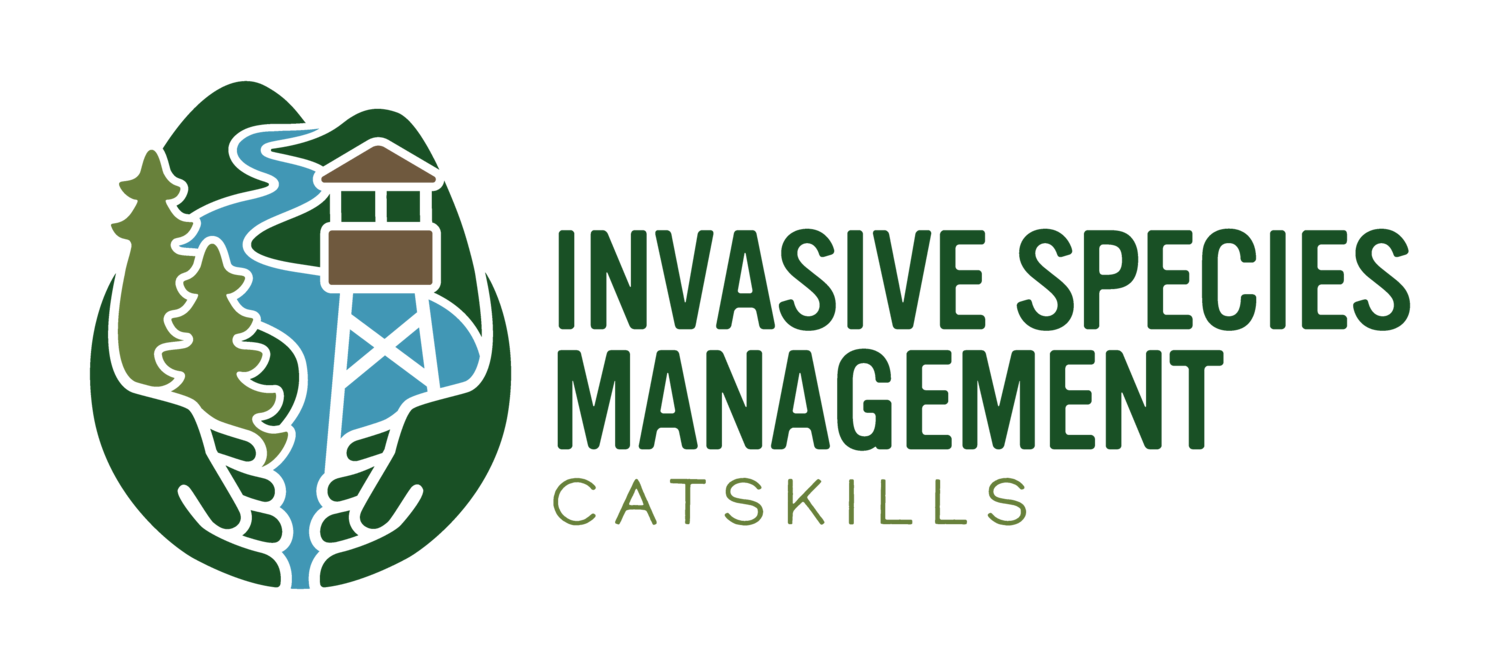Image courtesy of The Delaware Department of Agriculture (DDA)
Spotted Lanternfly
(Lycorma delicatula)
Spotted Lanternfly (SLF) is an invasive pest from Asia that feeds on over 70 species of plants including grapevine, hops, maple, walnut, fruit trees. Feeding on tree of heaven (Ailanthus altissima) may be important for this pest.
This insect could impact New York's forests as well as the agricultural and tourism industries 1 including breweries, orchards, cideries, wineries and outdoor activities.
SLF fly in swarms and densely cover surfaces such as sidewalks — their presence can negatively affect property values.






